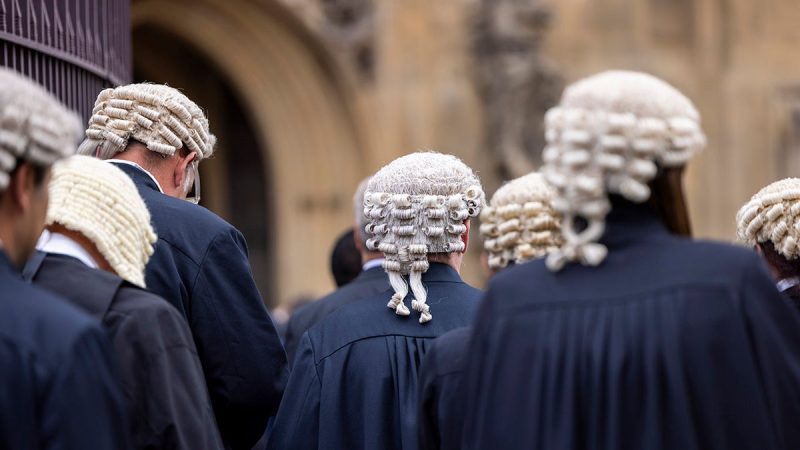In recent years, the English courts have been facing increasing scrutiny over the longstanding tradition of mandatory wigs for barristers. The debate surrounding the use of wigs in the legal profession has gained momentum, with many arguing that these elaborate headpieces are not only outdated but are also culturally insensitive. This has prompted a review of whether this age-old practice should be continued or abolished.
The tradition of wearing wigs in court dates back to the 17th century when they were considered a symbol of respectability and authority. Over time, wigs became an integral part of the formal attire worn by judges and barristers in English courts. However, critics argue that this tradition is no longer relevant in the modern era and that it can be seen as an unnecessary and archaic practice.
One of the main concerns raised by opponents of mandatory wigs is that they are culturally insensitive. The wigs worn by barristers in English courts are often made from horsehair, which has led to accusations of cultural appropriation. In a diverse and multicultural society, many argue that it is inappropriate to require legal professionals to conform to a dress code that has its roots in a bygone era.
Moreover, there are practical considerations to take into account. Wigs can be uncomfortable to wear for long periods of time and can be particularly problematic during hot weather. Some barristers have also expressed concerns about the cost of purchasing and maintaining wigs, which can be a significant financial burden, especially for those starting out in the legal profession.
The debate over mandatory wigs for barristers has also raised questions about the broader issue of dress codes in the legal profession. While some argue that maintaining traditional attire instills a sense of professionalism and respect for the court, others believe that such rigid dress codes can be exclusionary and alienating, especially for those from diverse backgrounds.
In response to these concerns, there have been calls for a review of the rules governing courtroom attire. Some have suggested that wigs should be made optional rather than mandatory, allowing barristers to choose whether or not to wear them based on personal preference. Others have proposed alternative forms of headwear that are more inclusive and reflective of modern society.
As the debate over mandatory wigs for barristers continues to evolve, it is clear that there are valid arguments on both sides of the issue. While tradition and the preservation of heritage are important considerations, so too are inclusivity, diversity, and the need to adapt to changing societal norms. Ultimately, the decision on whether to retain or abolish mandatory wigs will have far-reaching implications for the legal profession in England and Wales.

